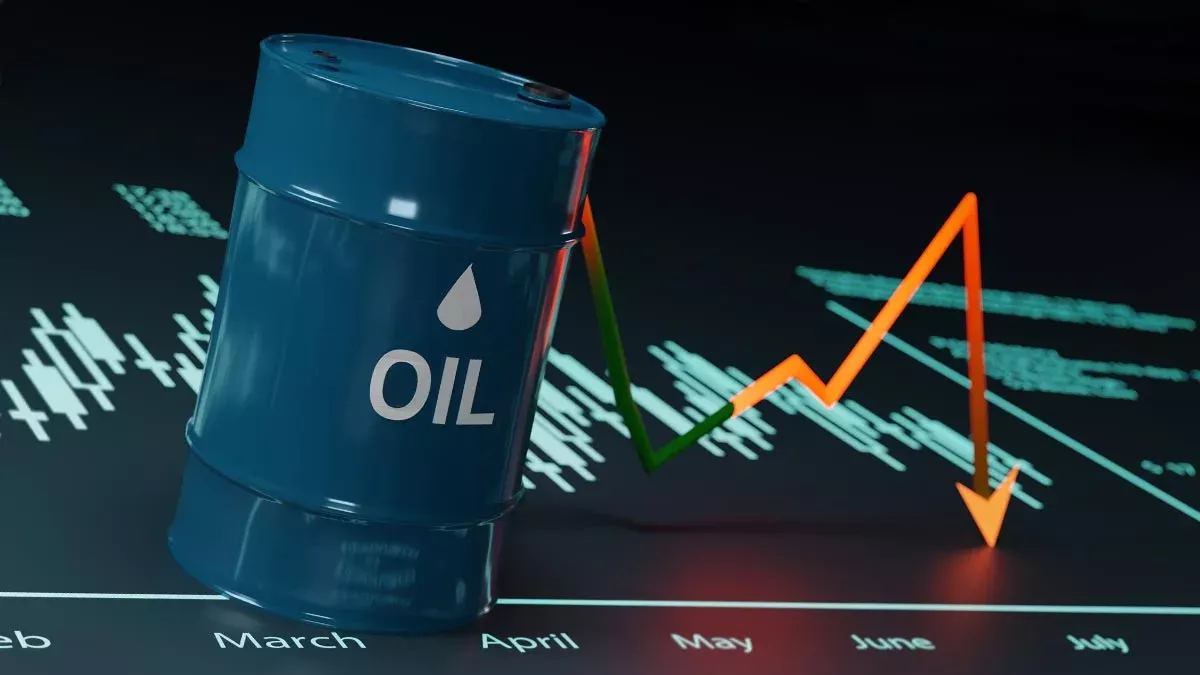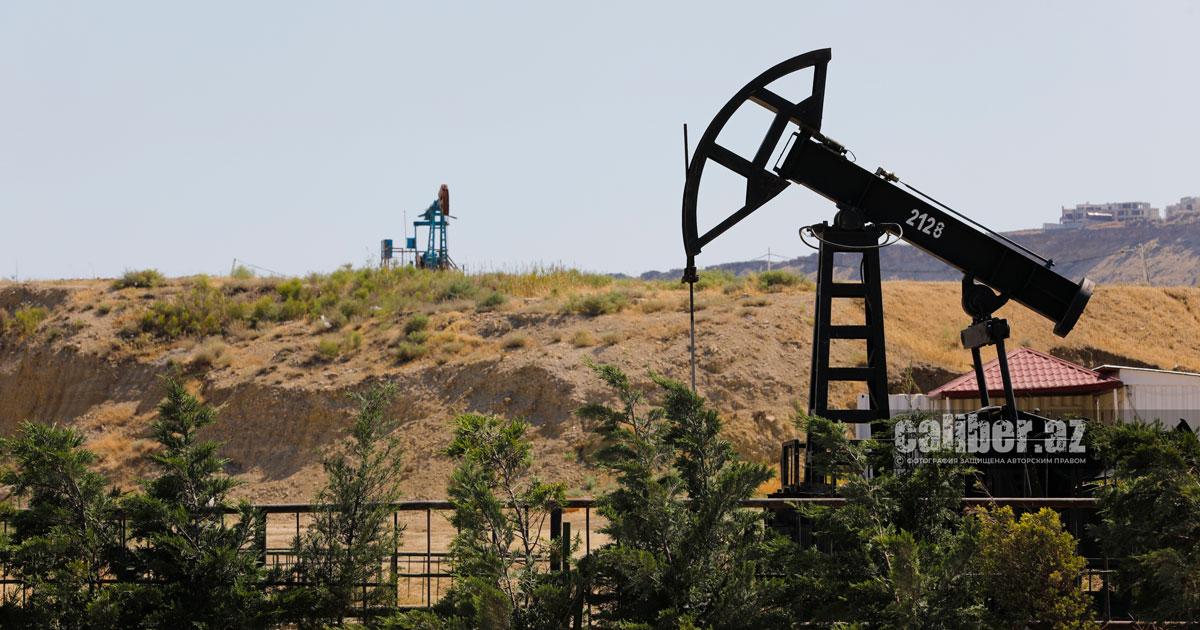OPEC+ set to boost oil production amid global uncertainty Bearish games with the barrel
Since spring, the leading global oil exchanges have been under significant pressure from the US tariff war with China, the EU, and other world economies, intensifying bearish trends in the market. According to Bloomberg, eight key OPEC+ member countries are currently discussing a possible further increase in oil production in July.
A modest rise in oil prices was observed in early May amid the Indo-Pakistani conflict. Additionally, some experts link the recent increase in Brent crude prices to reports suggesting that Israel may be preparing strikes on Iran’s nuclear facilities.
However, overall, supply on the oil market still exceeds demand. Nevertheless, if average oil prices remain at the current level throughout the year, Azerbaijan is expected to complete 2025 without significant economic losses.
On May 22, the ICE (InterContinental Exchange Futures) in London recorded a slight rise in Brent crude oil prices, reaching $64.98 per barrel. However, by May 23 morning, the price of July futures had fallen to $63.99 per barrel.
Overall, the global oil market has shown a downward trend in recent days, with US crude oil inventory data acting as a key restraining factor on exchange prices. In the week ending May 16, US oil stocks increased by 1.3 million barrels, or 0.3%, reaching 443.2 million barrels.

Bloomberg experts linked the oil price correction observed on May 22 to US intelligence reports suggesting that Israel might be preparing strikes on Iran’s nuclear facilities. However, this information has not yet been confirmed by official sources. Moreover, the current leadership in Tehran appears inclined towards compromise, making the likelihood of a renewed escalation relatively low at present.
This is especially true considering that just a week earlier, oil prices had fallen by 3% amid growing expectations of a deal between Iran and the US. On May 15, then-US President Donald Trump stated in Doha that Washington and Tehran were close to signing an agreement on the nuclear issue.
“If a deal is concluded, it would increase the likelihood of a significant oversupply later this year, especially when combined with the planned production increases from OPEC+,” said Arne Lohmann, Chief Analyst at A/S Global Risk Management.
Thus, the key economic factor influencing oil prices is tied to the policy of the eight leading OPEC+ member countries, which are currently discussing the possibility of further increasing oil production in July. This would mark the third consecutive month of production growth.
According to Bloomberg, there is consideration of a production increase of 411,000 barrels per day — three times higher than the initial plans and roughly equivalent to 1% of OPEC+’s current output. However, the final decision is expected to be made at the meeting on June 1.
The likelihood of such a decision is quite high, and many analysts are forecasting a bearish outlook for the market this year.

Since the cartel members first announced these plans, a noticeable decline in oil prices has already been observed in April and May. Meanwhile, OPEC+ maintains that the increase in supply is aimed at meeting growing demand.
According to the May OPEC report, global oil demand in 2025 is expected to rise by 1.3 million barrels per day (bpd), with a similar increase forecast for 2026. In absolute terms, global oil demand could reach 105 million bpd in 2025 and 106.28 million bpd in 2026.
Experts also point to another possible motive driving OPEC+ to boost production: the likelihood of a tacit agreement between the cartel and then-US President Donald Trump on controlled production increases.
The unexpected surge in OPEC+ supplies in April dealt a severe blow to oil prices, pushing them down to four-year lows. This move coincided “timely” with the peak phase of the trade wars declared by the US.
At the same time, experts at Goldman Sachs Group Inc. believe that OPEC and its partners will pause further production increases after agreeing on the July boost. Specifically, eight key OPEC+ countries are scheduled to hold a videoconference on June 1 to negotiate future production levels. Additionally, the 22-member oil alliance will conduct a series of virtual meetings on May 28 to review baseline production quotas for 2025 and 2026.
While there is a high likelihood of a compromise between OPEC+ and the US, it is important to remember that the breakeven price for many US shale producers is around $62 per barrel of WTI crude. According to S&P Global experts, a further decline in oil prices to the $50 level could trigger a production cut of more than 1 million barrels per day in the US, effectively putting the entire shale sector into paralysis.
Increasing oil production is also being used as a tool to address OPEC+ member countries that have recently violated quota agreements. At the latest meeting, Saudi Arabia and several other cartel members warned Kazakhstan and Iraq to make greater efforts to comply with their national quotas. Otherwise, the cartel may push for further production increases, which could significantly depress prices.

It is worth noting that Azerbaijan not only complies with its national quotas but is actually producing below its allocated level. According to the monthly report by the International Energy Agency (IEA), Azerbaijan’s oil production in April was 70,000 barrels per day below its OPEC+ agreement target. Previously, OPEC’s monthly report stated that Azerbaijan’s average daily oil production in April was 468,000 barrels, falling short of its quota by 83,000 barrels per day.
One way or another, most experts currently believe that Brent crude oil prices in 2025 will remain within the range of $62 to $65 per barrel. According to the US Department of Energy’s Energy Information Administration (EIA) forecast published in early May, the average Brent price this year is expected to be $65.85 per barrel, down from a previous estimate of $67.87.
These figures are somewhat lower than the $70 per barrel oil price assumption built into Azerbaijan’s 2025 state budget. It is likely that the government may need to cut some secondary expenditures to balance the budget. Nevertheless, robust foreign currency reserves and a currently surplus balance of payments should enable the country to navigate this period without significant losses.
It is important to note that Azerbaijan’s domestic economy is now largely driven by non-oil sectors, which account for about two-thirds of the economy. The share of the non-oil sector in Azerbaijan’s GDP increased from 49% in 2011 to 68% in 2024, reflecting significant economic diversification.








